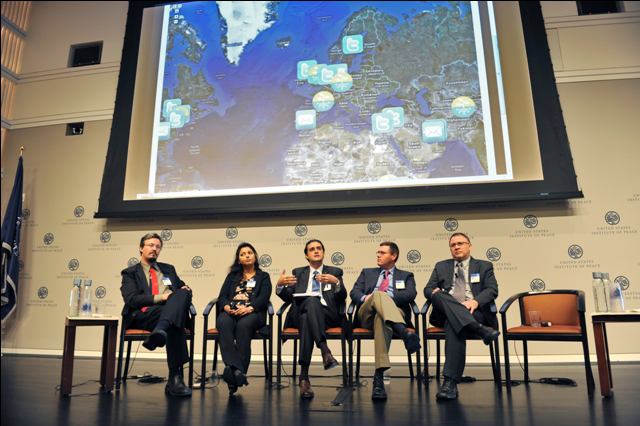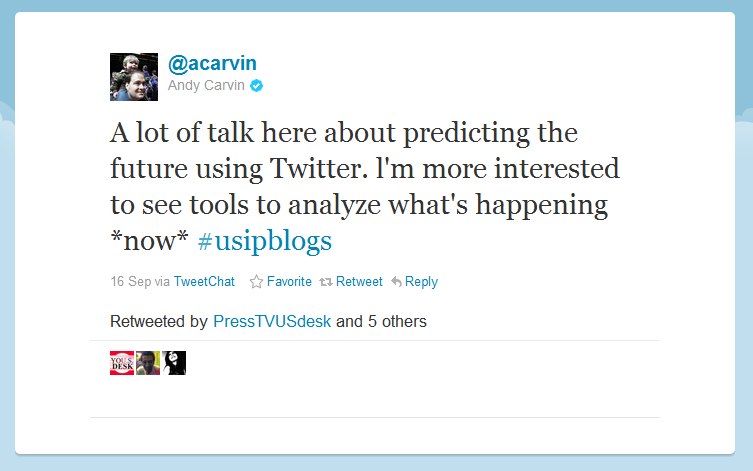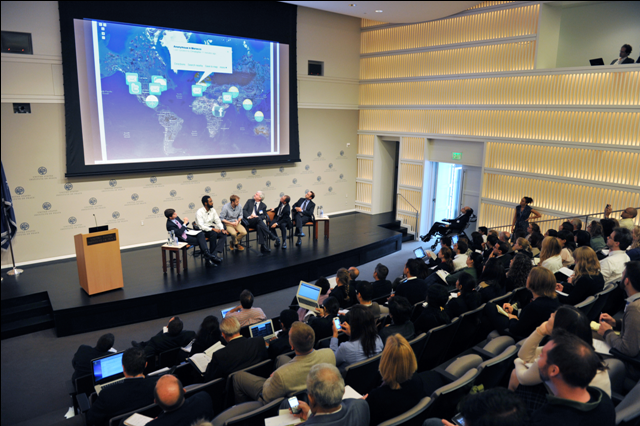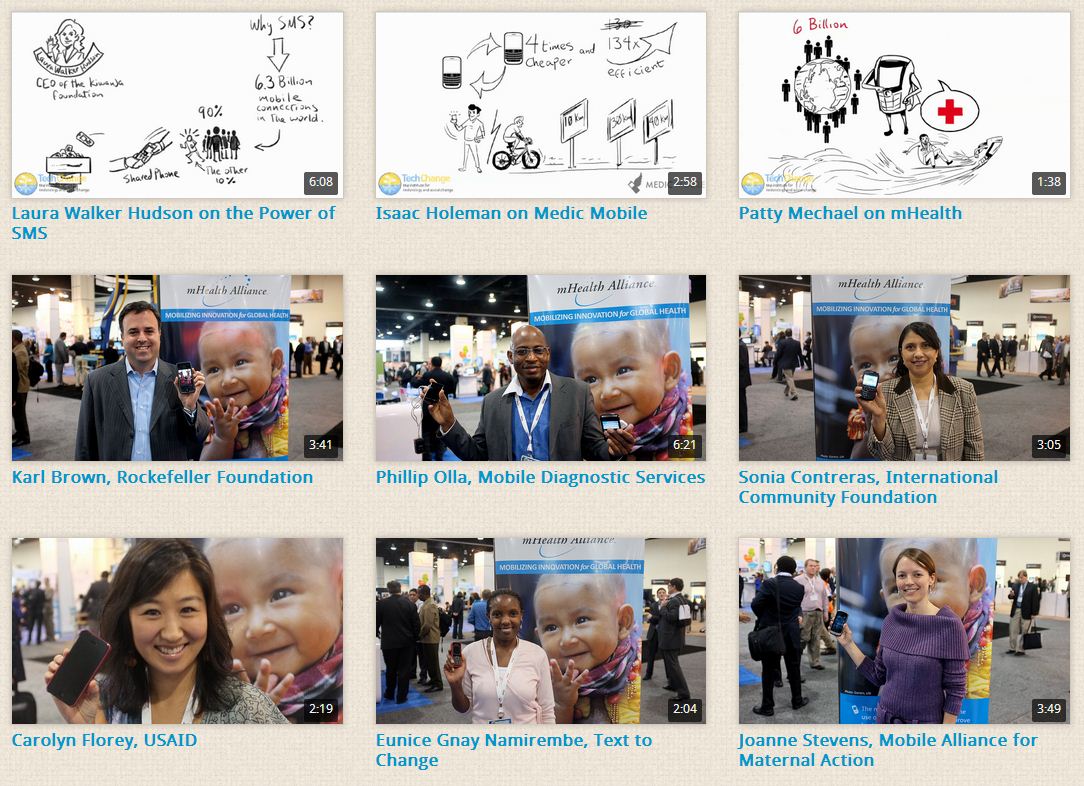How do you turn a panel discussion in Washington, DC into a global conversation?
On Friday September 16, TechChange partnered with the U.S. Institute of Peace (USIP) Center of Innovation: Science, Technology, and Peacebuilding and George Washington University (GWU) to host the online portion of an event on Sifting Fact from Fiction: The Role of Social Media in Conflict. The event featured some of the leading Twitterati, policy makers, and social media experts, including Alec Ross, Andy Carvin, Jillian York, and others.
USIP is already a front-runner in innovative online outreach during events. They have to be. With staff operating in countries like Iraq, Afghanistan, Sudan, Libya, and Tunisia, USIP’s target audience extends far beyond the beltway. An event examining the role social media in conflict provided an opportunity to engage them in dialogue. But audiences have different desires for level of engagement. Some may wish to be in the room via a video question from YouTube, others might dive into the online discussion in Twitter, and still more might want to anonymously ask panelists to inform their own work. But adding each additional opportunity for engagement further fragments the audience.
TechChange worked with USIP to create an online participation map to bring together all these different voices into a single conversation. This also permitted us to start the conversation early, as we participants could see what others were asking in different fora and respond accordingly. We then seeded the conversation by asking the 46 participants from 26 countries in our online class on Tech Tools and Skills for Emergency Management to submit their comments and questions for the panelists. We were careful to give these questions their own logo so that they were differentiated from the more spontaneous online dialogue during the event.
The map worked. In addition to the conversations started prior to the event, we added another 50 questions to the map on the day of the event, many of which were used during the event. We’ve embedded the map below so that you can see for yourself.
View Online Questions in a larger map
We succeeded in mapping and expanding this global conversation, but we need to do more. The map reveals widespread interest and participation, but also gaps where this conversation needs to happen most in countries already suffering from violent conflict or authoritarian rule.
So we’re not only crowdsourcing this event, but also solutions from you, the reader. How can we include these voices next time?
Tweet @TechChange with your ideas or comment in the space below!





